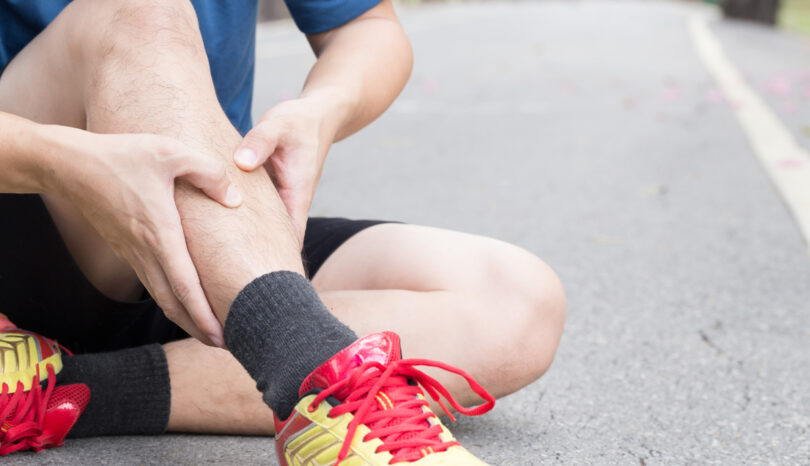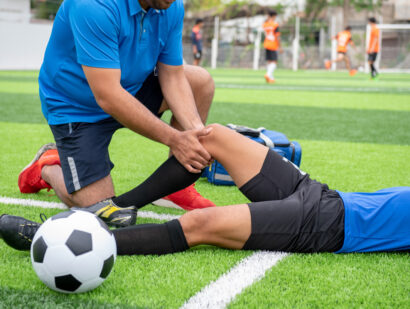- Find A Medical Provider
- Auto Injuries
- Common Injuries
- Medical/Pharmaceutical
- Types of Medical Injuries
- Malpractice Injuries
- Drug and Medical Device Injuries
- Drugs and Devices Linked to Cancer
- Opioid Addiction
- Drugs and Devices Known to Cause Injury
- 3M Combat Arms Earplugs – Hearing Loss
- Accutane
- Aciphex
- Actonel
- Actos
- Adderall and Ritalin
- Advair
- Aldara (Imiquimod)
- Alli
- Ambien
- Amiodarone
- Anzemet
- Aptivus
- Aranesp
- Arava
- Atorvastatin
- Avandia
- Benicar
- Birth Control Medication
- Blood Thinners
- Essure
- Fosamax (Alendronate Sodium)
- Gadolinium-Based MRI Contrast Agents
- Granuflo
- Hernia or Surgical Mesh Injuries
- Hydroxycut
- Inferior Vena Cava Filters
- Invokana Toe and Foot Amputations
- Ketek
- Levaquin
- Lipitor
- Mirapex
- Neurontin
- Onglyza
- Over-the-Counter Medications
- OxyContin
- Paxil
- Power Morcellators
- Pradaxa
- Propecia
- Reglan
- Talc Powder
- Trasylol
- Valsartan
- Viagra
- Xolair
- Zelnorm
- Zoloft
- Work Injuries
- Sports Injuries
- Marketing Services
- Blog
List your practice on InjuredCare | Log in / Sign up
Shin Splints

With over three million cases in the United States each year, shin splints are a very common condition, especially among runners. Shin splints occur when the muscle and bone tissue in the shin develop micro-tears, often as a result of overuse.
Avoiding shin splints can help keep you in your normal training routine and in top shape so that you can make the most of your high school, collegiate or professional sports career.
Symptoms of Shin Splints
- Sharp or stabbing pain in the shins.
- Low, throbbing pain on the front of the calf.
- Persistent pain in the shins.
- Shins that are tender to the touch.
Causes of Shin Splints
Pay close attention to the causes of sports injuries to keep your body in shape. Injuries have a tendency to compound upon each other or create susceptibility for recurrence. Watch for these signs of shin splints to prevent this painful injury:
- Overuse of shin muscles.
- Sudden changes in activity level.
- Rigid arches.
- Flat feet.
- Wearing worn or improper footwear during exercise.
Preventing Shin Splints
Shin splints are common, so information surrounding the cause of shin splints are well known. With an understanding of how shin splints occur, athletes can use this knowledge to prevent shin splints from happening in the first place, to limit the risk of more serious injuries, or reduce the loss of playing time. Utilize these prevention tips to maximize your athletic career:
- Don't overdo it - Whether you're a professional athlete, or just starting out in sports, injury prevention is just as important as building strength and flexibility. Wearing your body down without allowing it to heal only hinders your athletic abilities and places you at risk of injury. Ease into each practice, workout, game or exercise routine to allow your body to properly acclimate.
- Wear shoes that fit and are suitable for the activity - Shoes that are too tight, fit your feet awkwardly, are too worn down, or aren't suited to the exercise you're doing will place extra strain on your shins. Repeatedly pounding your foot into the ground in an awkward position or without proper support is a sure way to create painful shin splints.
- Vary your exercises - Keep your body guessing and prevent excessive strain on the same body parts over and over by cross training. Go from running one day to yoga the next day to engage different muscle groups and avoid overuse injuries like shin splints.
- Warm up before you exercise - Your muscles require a certain degree of loosening up before they can sprint into action. Forcing a stiff muscle to jump, dive, lift or leap risks painful strain and tearing.
Treating Shin Splints
Treating shin splints will not only provide much needed pain relief, but it also helps athletes get back in the game and avoid further injuring their legs. If you start to notice signs of shin splints, or have shin splints, speak with a physical therapist, orthopedic surgeon or chiropractor to create a treatment plan that works for you. Treatments for shin splints include:
R.I.C.E. - Ice, compression and elevation will all work to reduce and prevent swelling and inflammation in the shins. Resting will avoid further injury to the shins and allow the body to naturally recover from the strain that's causing the shin splints.
Physical therapy - Developing flexibility and resilience in the muscles and tendons in the shins will help you get back in the action sooner. Performing stretching and strengthening exercises with regularity will also assist in preventing shin splints from recurring.
New shoes/orthotics - Providing a more stable and supportive base for your feet will place less strain on your shins as you exercise and compete.









